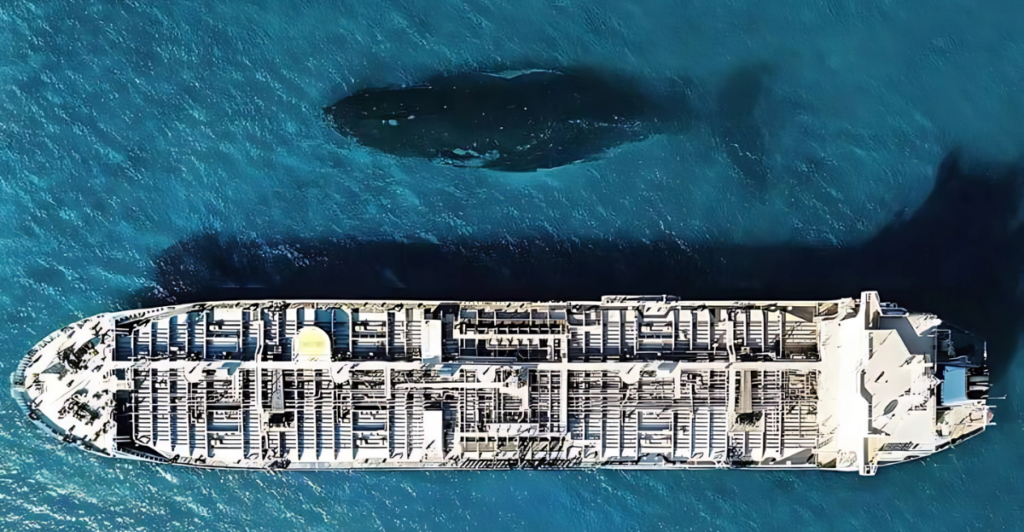
Whales are the largest animals on Earth, captivating scientists, and nature enthusiasts with their sheer size and intelligence. These marine giants thrive in oceans worldwide, from the enormous blue whale to the acrobatic humpback. Each species has unique adaptations that help them survive in different environments, from the icy Arctic waters to the warm tropical seas. In this gallery, we’ll explore the eight largest whales by weight and uncover where they call home.
Blue Whale: The Ocean’s Giant
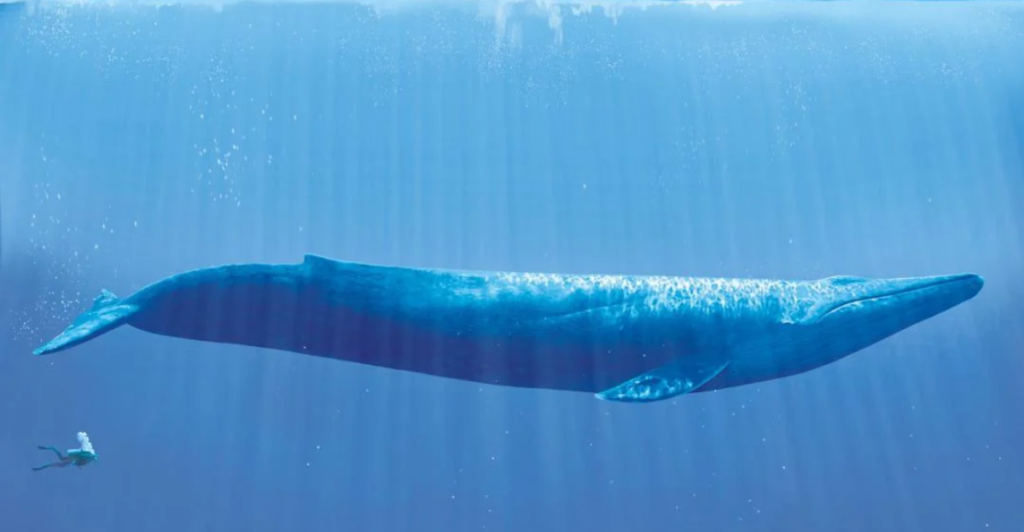
The blue whale (Balaenoptera musculus) is the largest animal known, reaching lengths up to 100 feet and weighing around 190 tons. These gentle giants are found in oceans worldwide, favoring deep, open waters. They primarily feed on krill, consuming up to 6 tons daily during feeding seasons. Blue whales migrate between feeding grounds in polar regions and breeding areas in warmer, tropical waters.
Fin Whale: The Sleek Swimmer
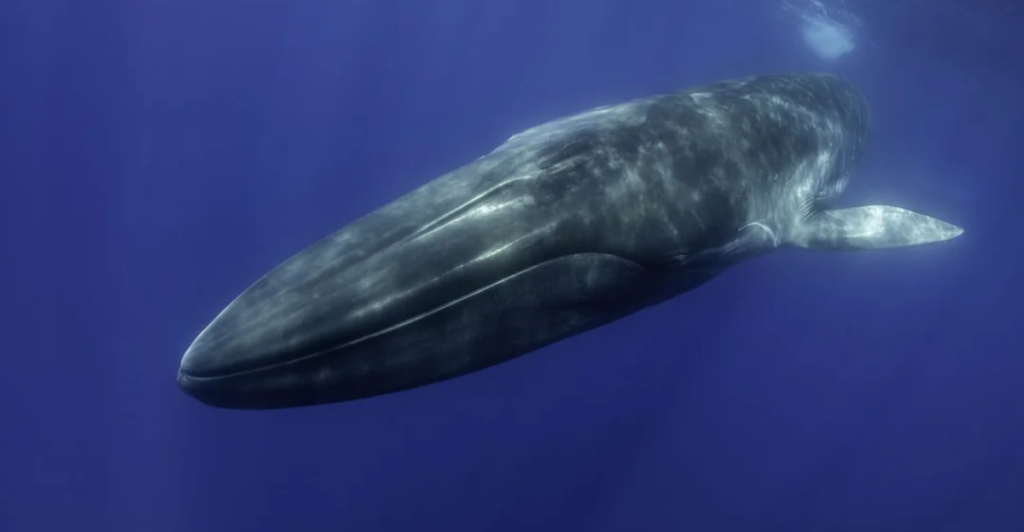
Second in size only to the blue whale, the fin whale (Balaenoptera physalus) can grow up to 90 feet long and weigh approximately 120 tons. Known for their speed and slender build, fin whales inhabit all major oceans, preferring temperate and polar regions. They are often spotted in deep offshore waters but can occasionally be seen near coastlines. Their diet consists mainly of small fish, squid, and krill.
North Pacific Right Whale: The Rare Giant
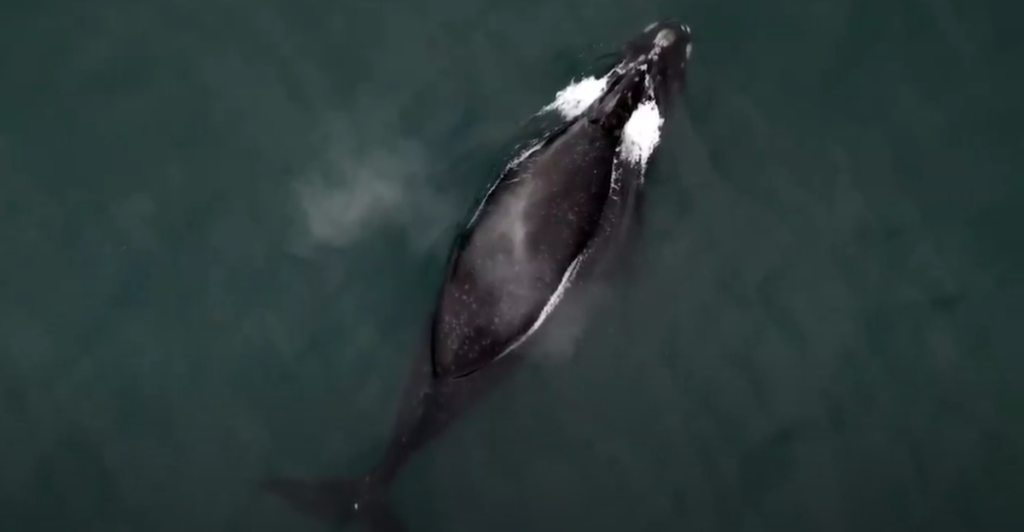
The North Pacific right whale (Eubalaena japonica) is one of the rarest and heaviest whale species, with individuals reaching up to 60 feet long and weighing around 120 tons. Historically found throughout the North Pacific, their numbers have drastically declined due to past whaling activities. Today, they are primarily spotted in the Bering Sea and the Gulf of Alaska, favoring cold, coastal waters rich in zooplankton, their primary food source.
Southern Right Whale: The Southern Behemoth
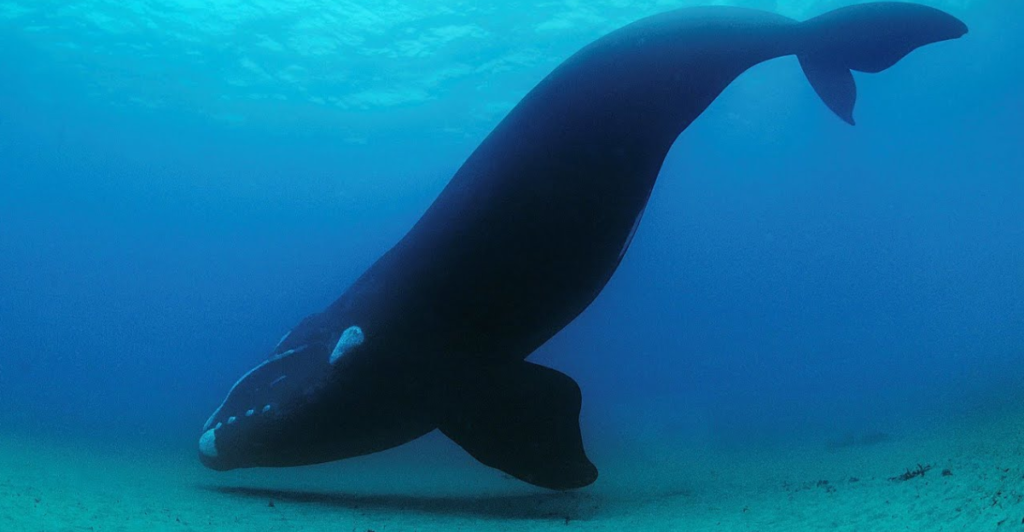
The Southern right whale (Eubalaena australis) averages 58 feet in length and weighs up to 110 tons. They are commonly found in the Southern Hemisphere’s oceans, particularly around South Africa, Argentina, and Australia. These whales prefer coastal waters for breeding and calving, often approaching shorelines, making them a favorite among whale watchers. Their diet mainly consists of copepods and krill.
Bowhead Whale: The Arctic Resident
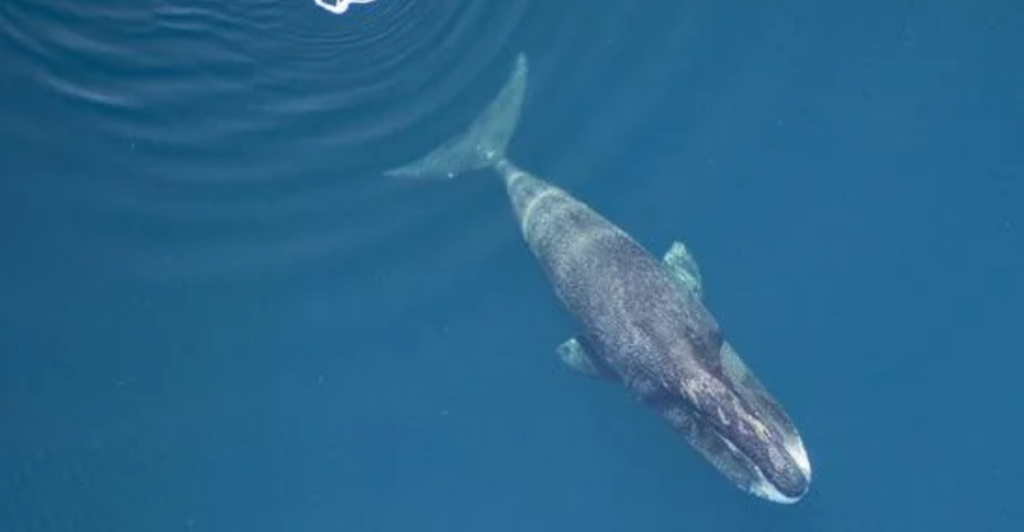
Bowhead whales (Balaena mysticetus) are uniquely adapted to Arctic environments. They measure up to 60 feet in length and weigh approximately 120 tons. They reside in the cold waters of the Arctic and sub-Arctic regions year-round, using their massive skulls to break through sea ice. Bowheads have the longest lifespan of any mammal, lasting over 200 years. Their diet consists of zooplankton and small crustaceans.
Sperm Whale: The Deep Diver
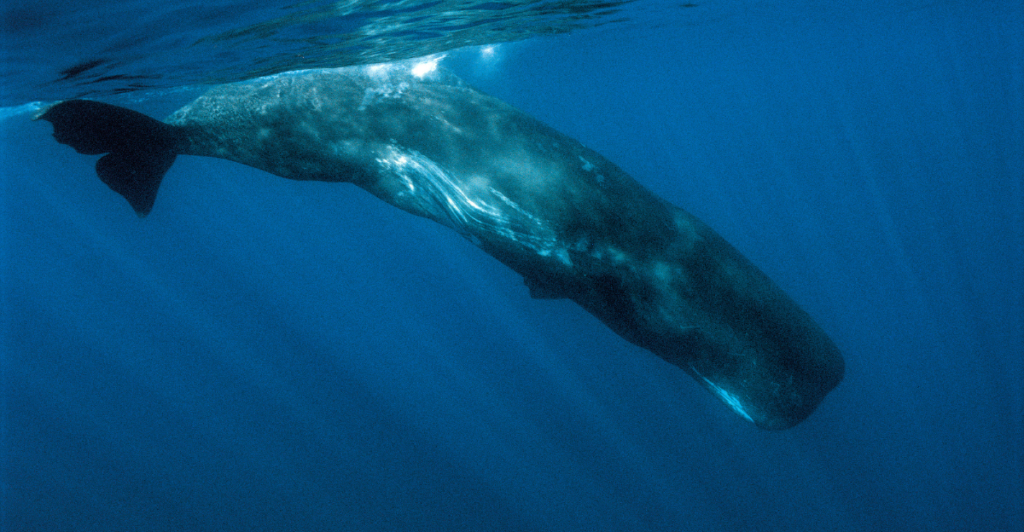
The sperm whale (Physeter macrocephalus) is the most enormous toothed whale, reaching lengths up to 60 feet and weighing around 57 tons. It is renowned for its deep diving abilities, plunging over 3,000 feet to hunt for squid, its primary prey. Sperm whales are found in all the world’s oceans, from the equator to the edges of polar ice packs, favoring deep offshore waters.
Humpback Whale: The Acrobatic Performer
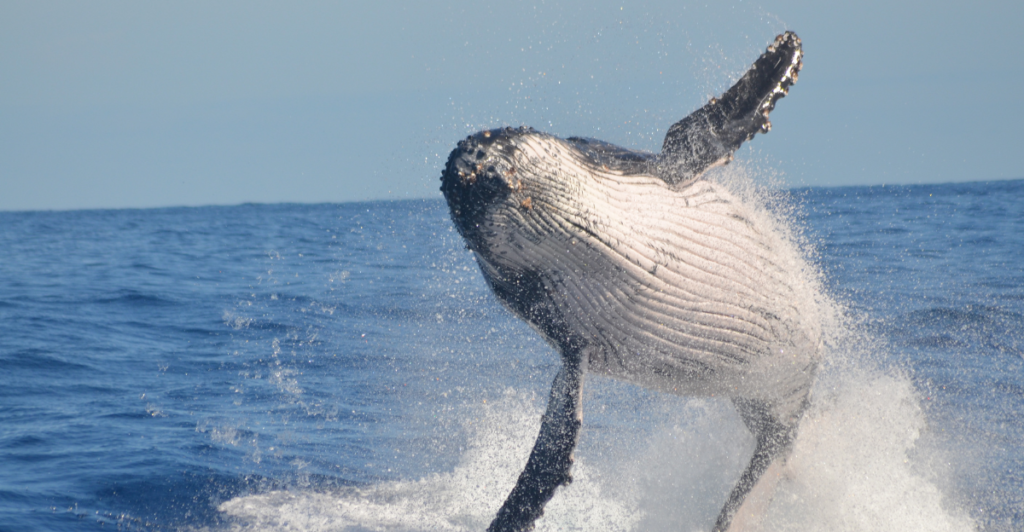
Humpback whales (Megaptera novaeangliae) are known for their impressive breaching displays and complex songs. They can grow up to 60 feet in length and weigh approximately 48 tons. Humpbacks inhabit oceans worldwide, migrating vast distances between polar feeding grounds and tropical breeding areas. Their diet includes krill and small fish, which they often hunt using bubble-net feeding techniques.
Sei Whale: The Elusive Traveler
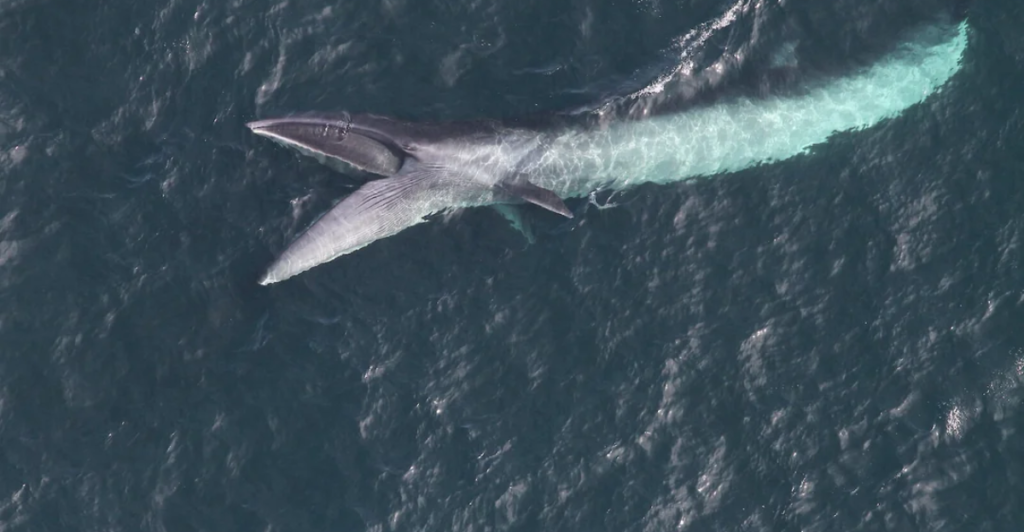
The sei whale (Balaenoptera borealis) can reach lengths up to 60 feet and weigh around 45 tons. It prefers deep offshore waters and is known for its elusive nature and speed, capable of reaching up to 30 miles per hour. Sei whales are found in most oceans and seas, favoring temperate waters. Their diet primarily consists of copepods, krill, and small fish.
Gray Whale: The Coastal Migrant
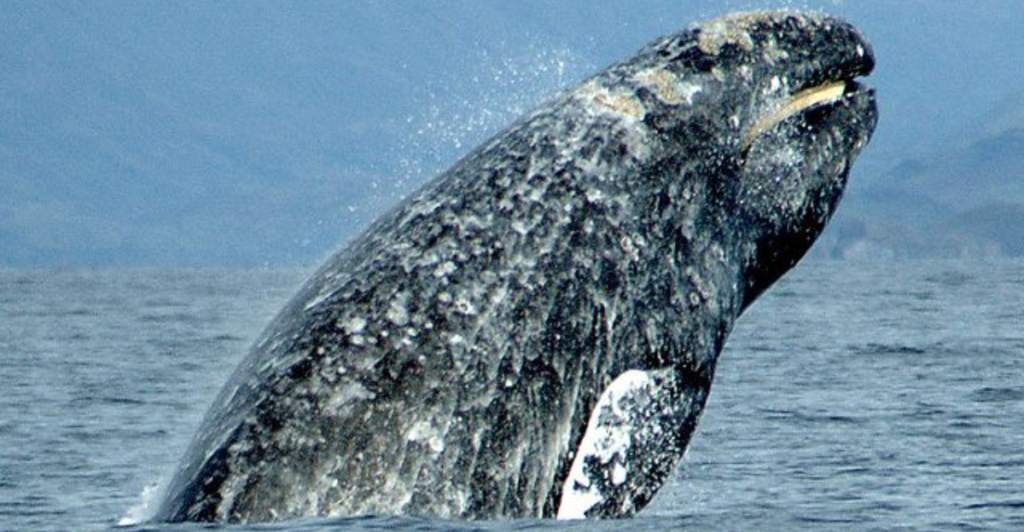
Gray whales (Eschrichtius robustus) measure up to 50 feet in length and weigh around 45 tons. They are renowned for their extensive migrations, traveling up to 12,000 miles round trip between feeding grounds in the Arctic and breeding lagoons in Mexico’s Baja Peninsula. Unlike other baleen whales, gray whales are bottom feeders, stirring up sediments to consume amphipods and other small invertebrates.
Minke Whale: The Smallest Baleen Whale
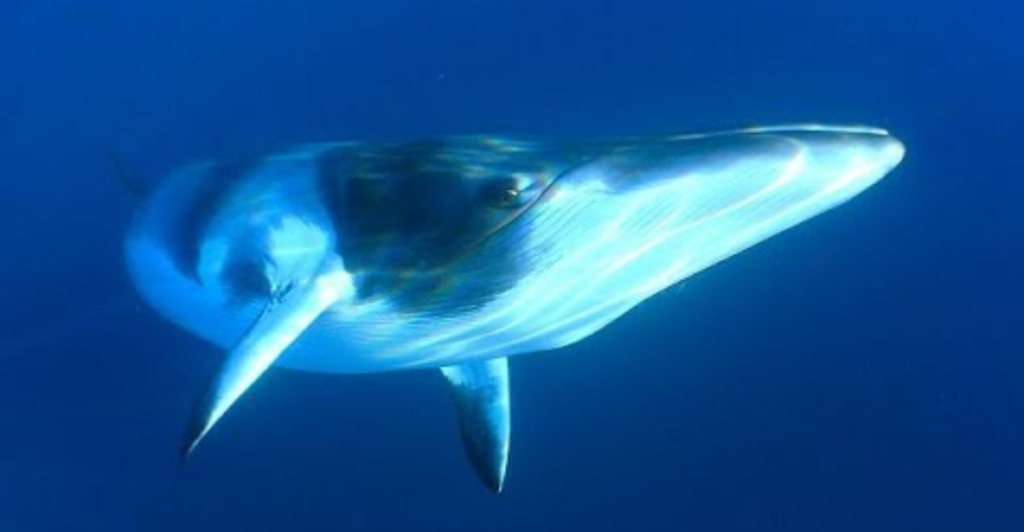
Minke whales (Balaenoptera acutorostrata) are the smallest of the baleen whales, reaching lengths up to 35 feet and weighing around 10 tons. They are found in oceans worldwide, from polar to tropical regions, often venturing into coastal and even ice-covered areas. Minke whales have a varied diet, including krill and small schooling fish. Their curious nature usually brings them close to boats, delighting whale watchers.
Beluga Whale: The White Whale
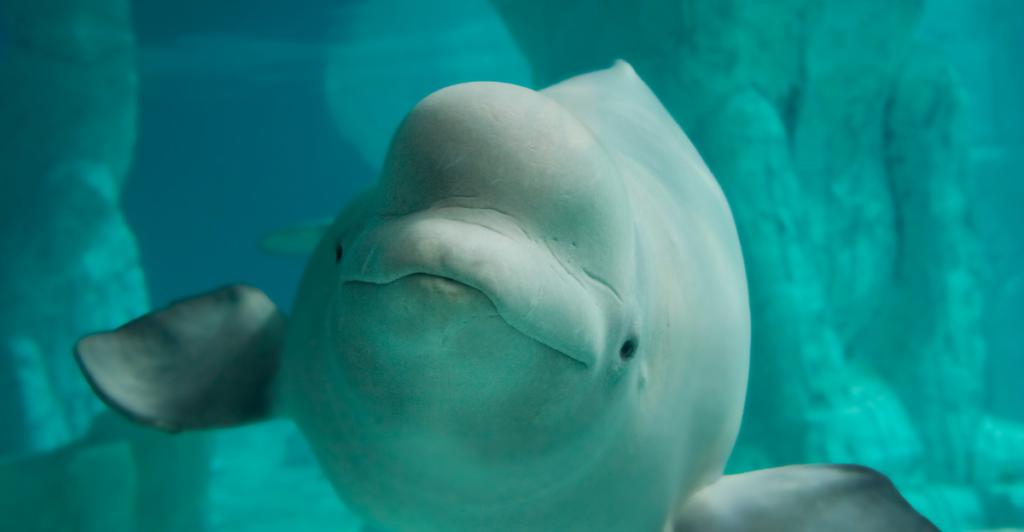
Beluga whales (Delphinapterus leucas) are easily recognized by their striking white color. They can grow up to 18 feet in length and weigh around 1.5 tons. Inhabiting Arctic and sub-Arctic waters, they are often found in shallow coastal areas and river estuaries. Belugas are a highly social species of whale.
Protecting Earth’s Largest Creatures
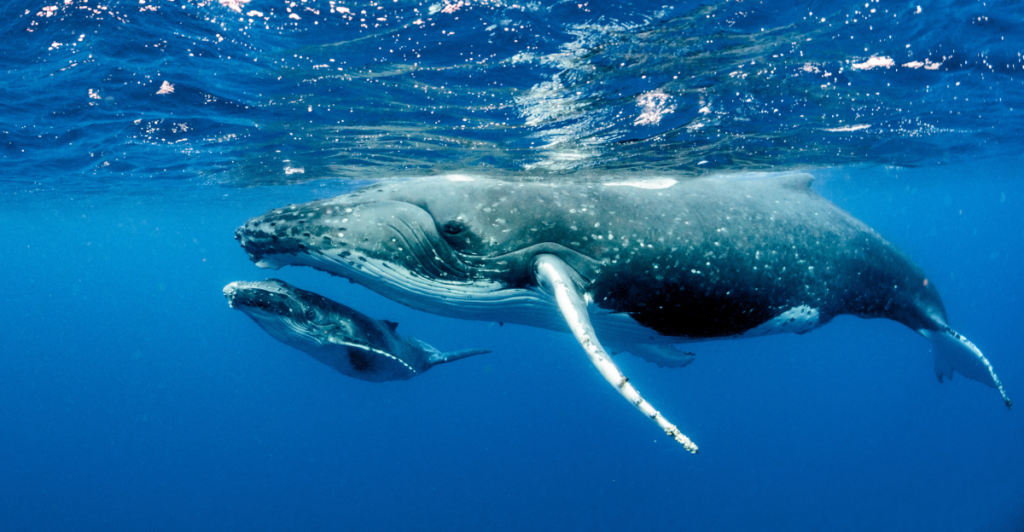
These magnificent whales play a vital role in maintaining the balance of marine ecosystems. However, they face threats from climate change, ship strikes, and pollution. Conservation efforts are crucial to ensuring their survival for future generations. By understanding more about these ocean giants and where they thrive, we can appreciate their importance and support initiatives that protect them. Whales are not just fascinating creatures. They are essential to the health of our planet’s oceans.
Discover more of our trending stories and follow us to keep them appearing in your feed

The War on Cows Is Over—And Green Extremists Have Lost
Concerns Mount as Largest Dolphin Pod Ever Recorded Headed For California
The Real Cause Behind Los Angeles’ Devastating Wildfires
The Bird Behind Modern History’s Worst Die-Off May Never Recover
References:
Reference 1
Reference 2
Reference 3
This article first appeared here
Stay connected with us for more stories like this! Follow us to get the latest updates or hit the Follow button at the top of this article, and let us know what you think by leaving your feedback below. We’d love to hear from you!







